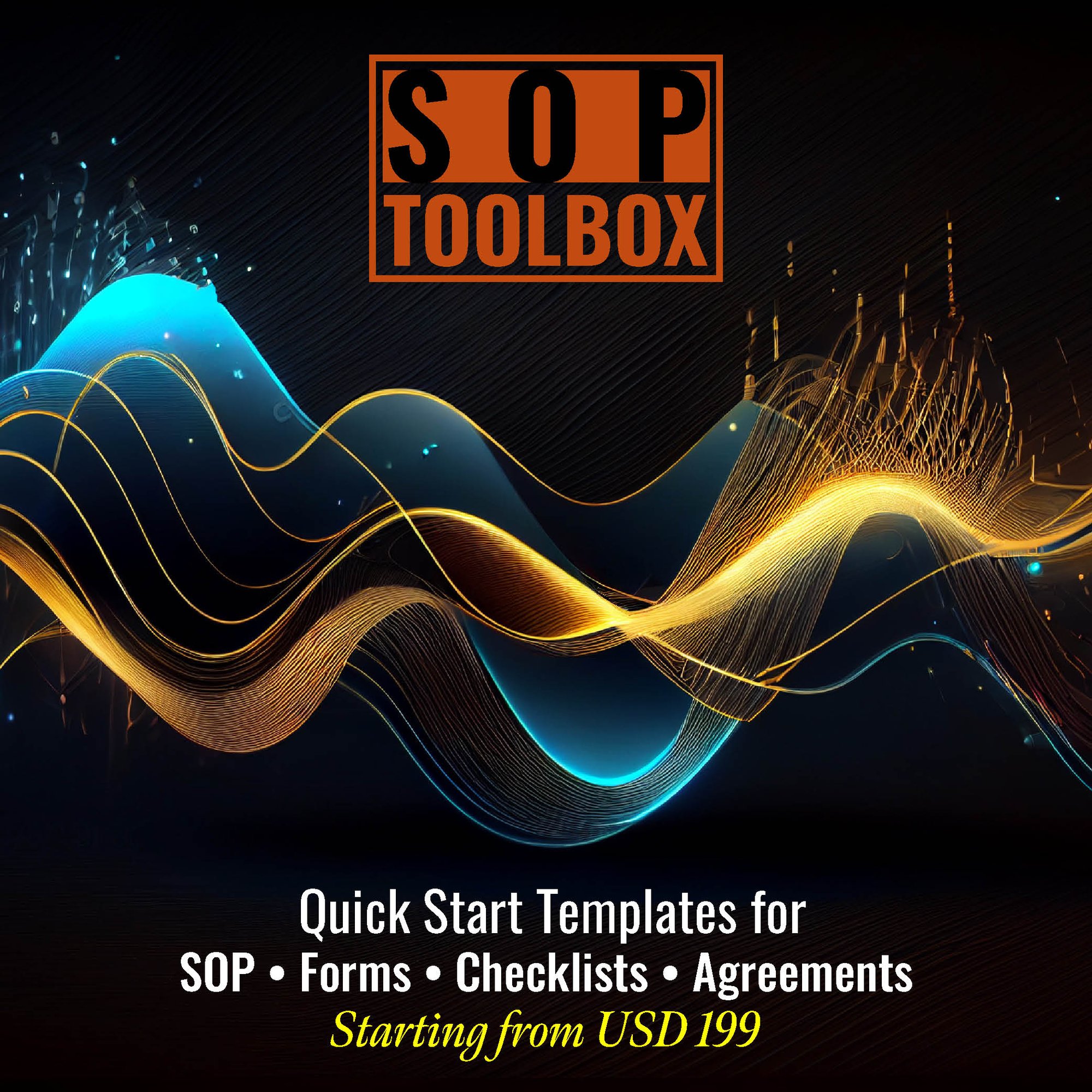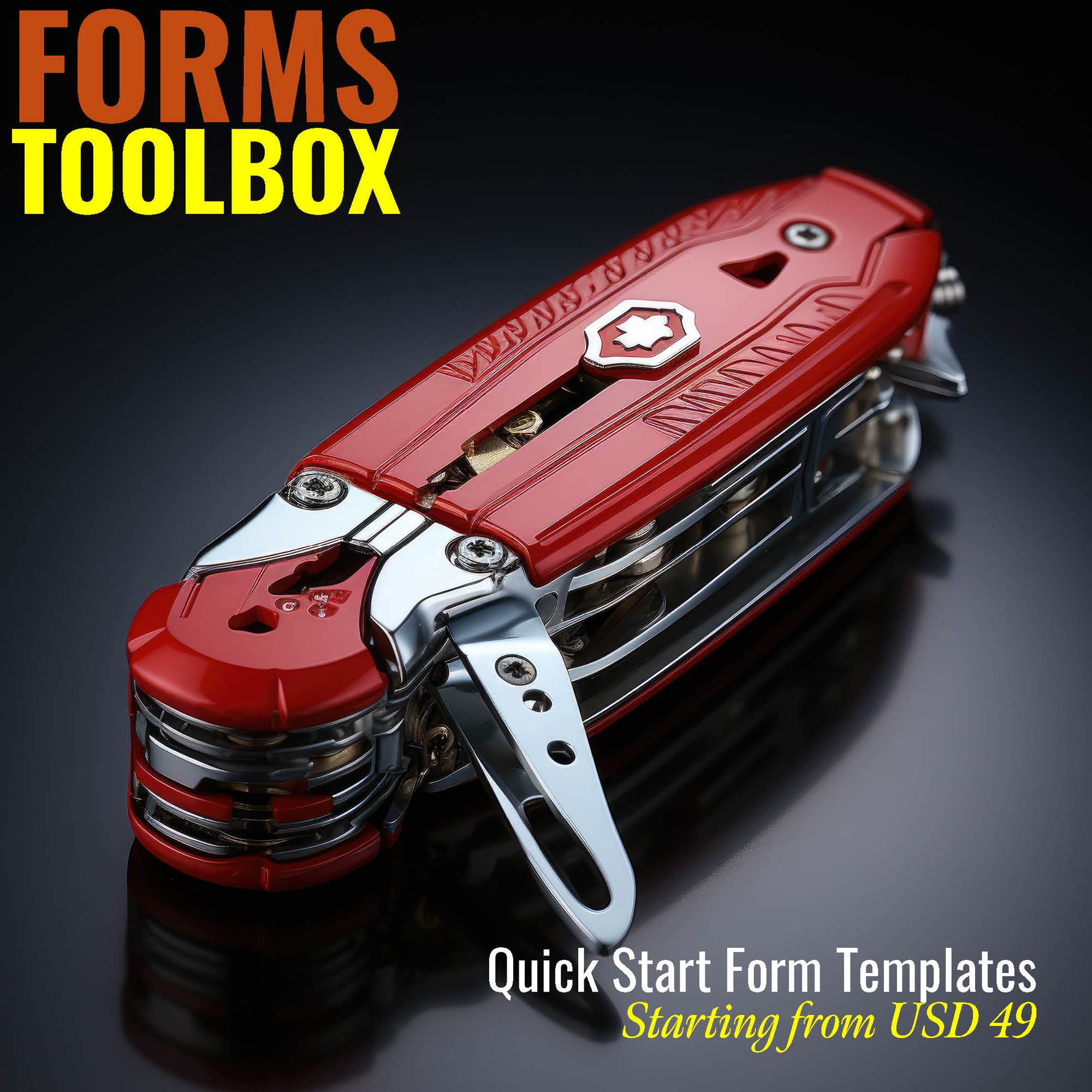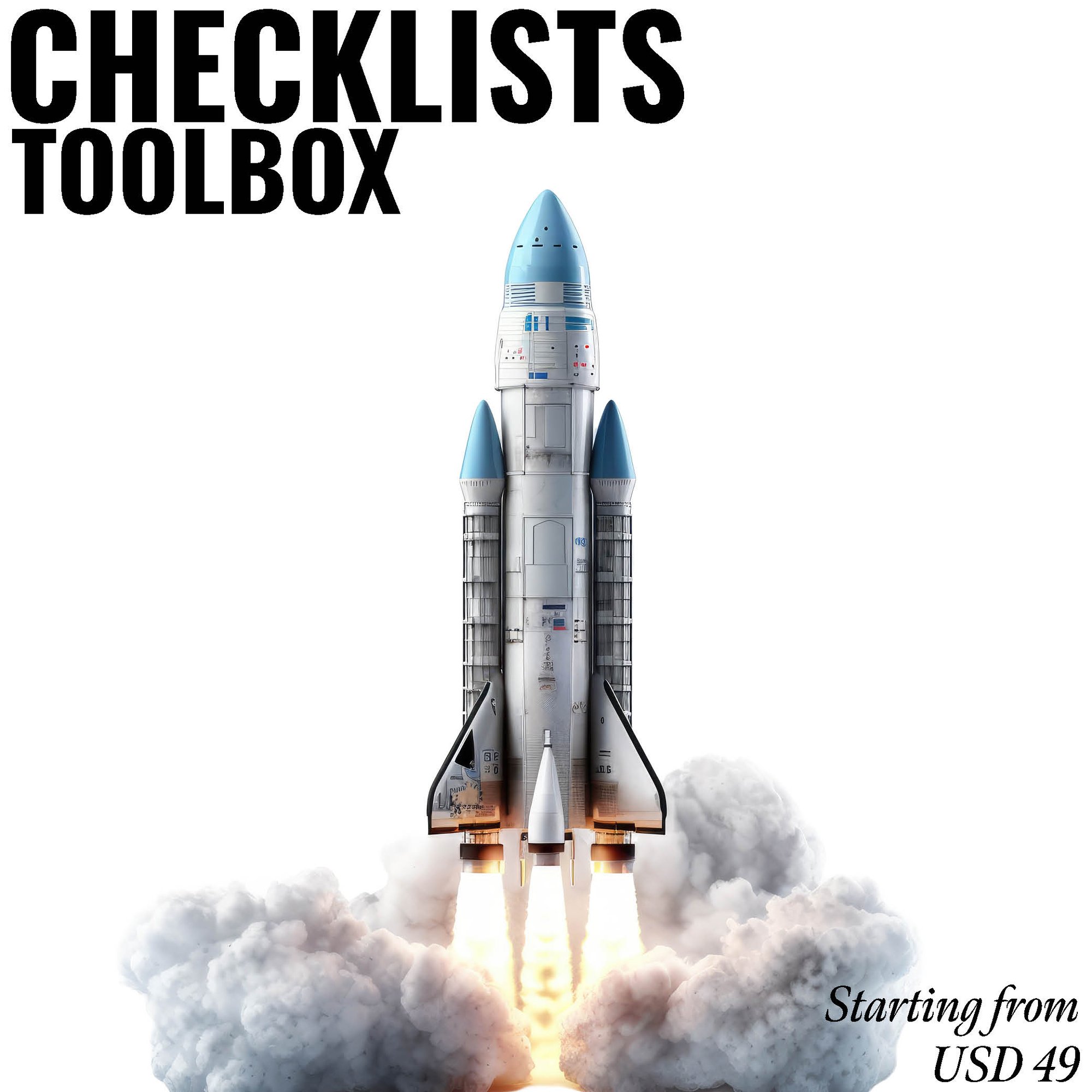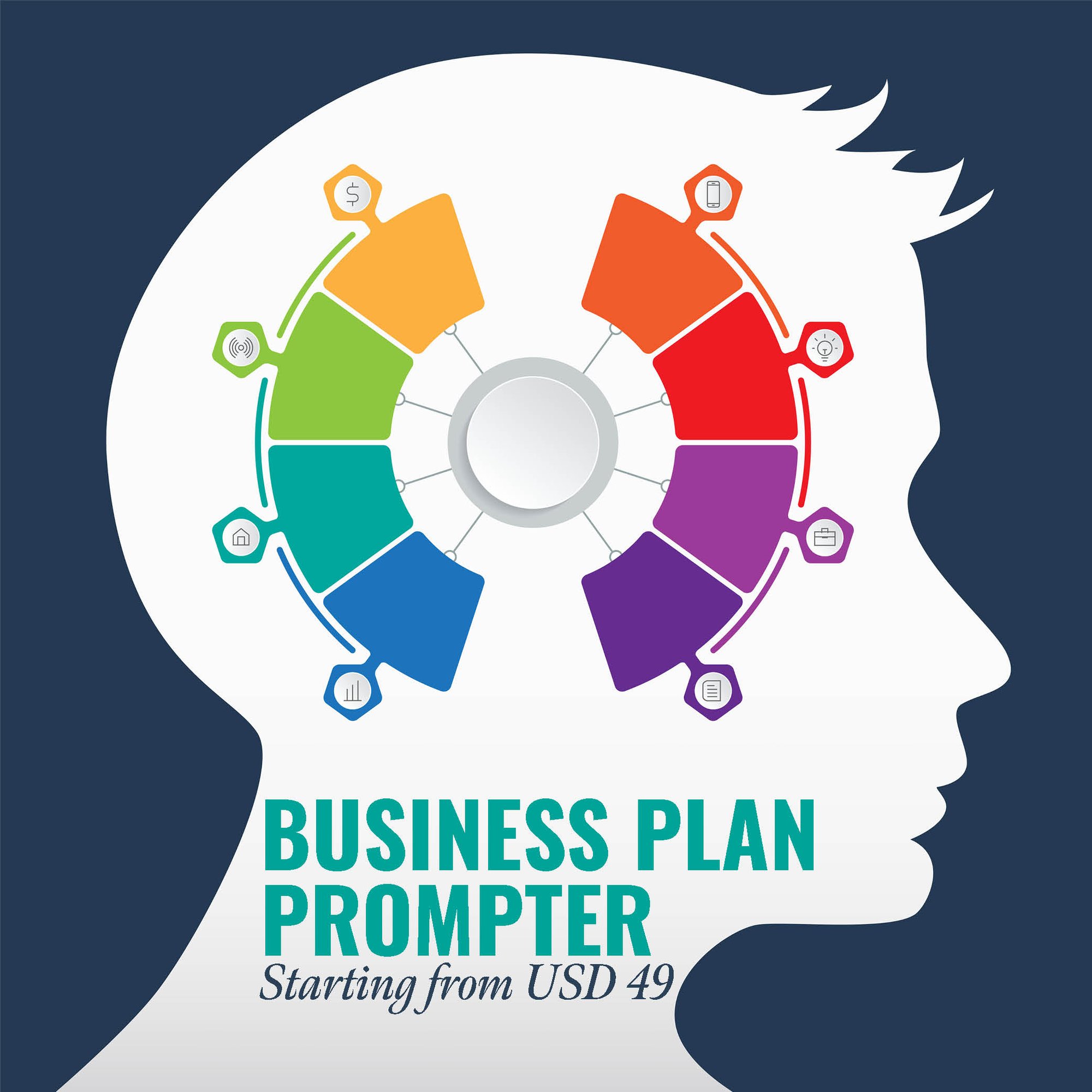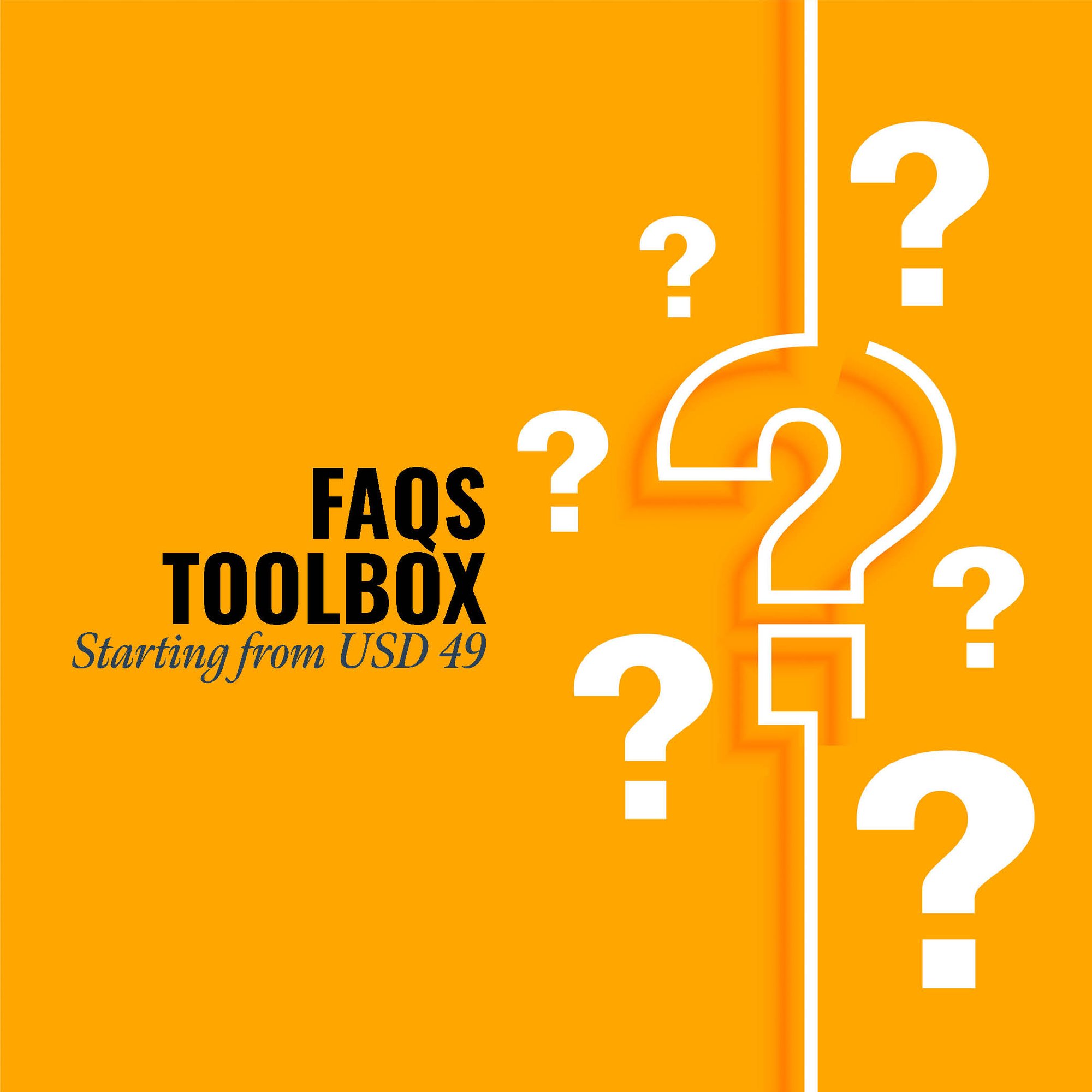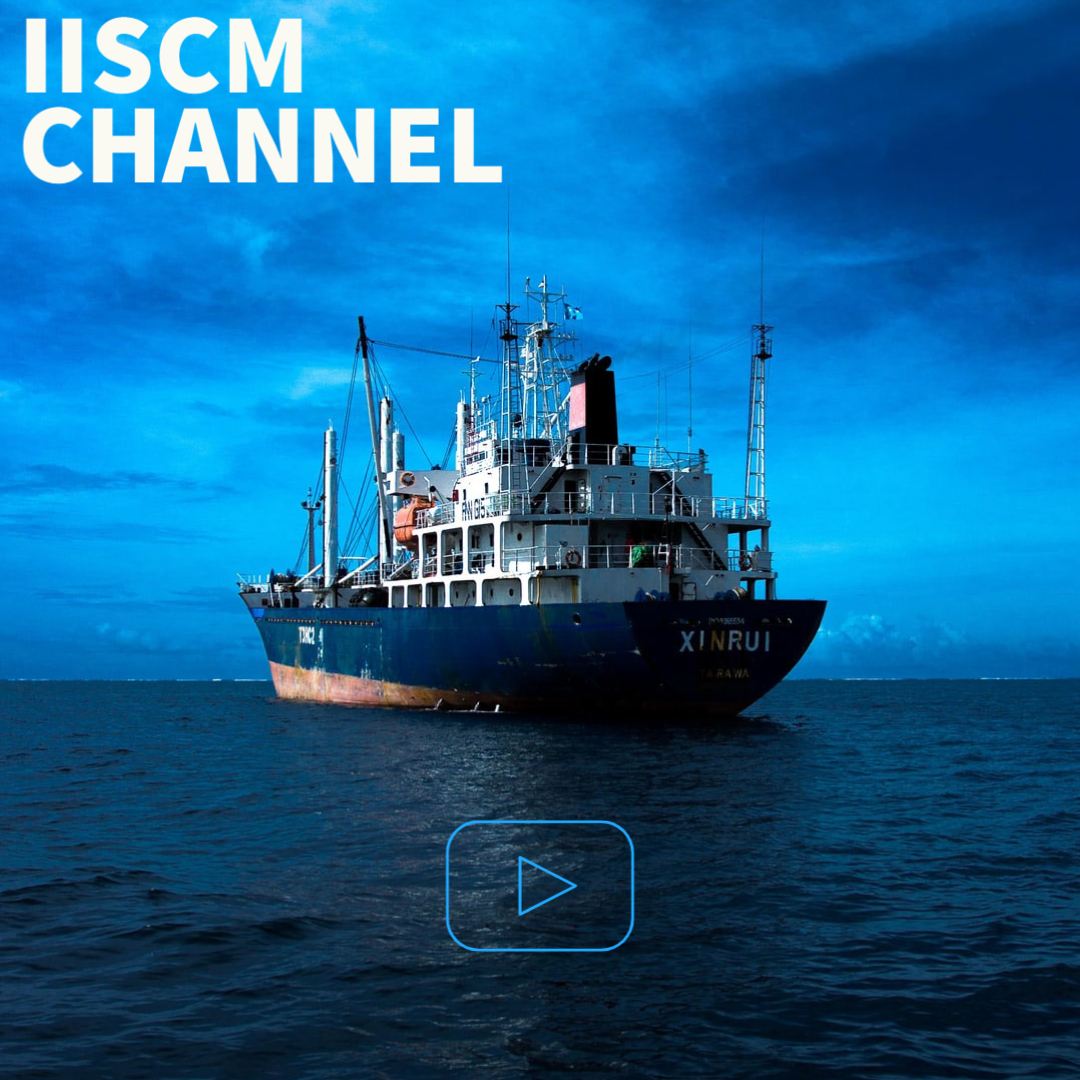Continuous Improvement Guidelines are strategies and practices aimed at enhancing processes, products, and services within an organization. These guidelines provide a structured approach to identifying inefficiencies and implementing incremental improvements over time. The goal is to create a culture where employees are consistently seeking opportunities to optimize operations. By following these guidelines, organizations can enhance their productivity, reduce waste, increase customer satisfaction, and stay competitive in an ever-changing market. Continuous improvement is often associated with methodologies such as Lean, Six Sigma, and Total Quality Management (TQM).
Fhyzics Business Consultants offers comprehensive templates on Continuous Improvement Guidelines that assist organizations in establishing a robust system of ongoing operational enhancement. These templates are designed to streamline the process of implementing continuous improvement across various departments, ensuring that improvements are consistent and measurable. By using these templates, organizations can identify inefficiencies, set clear goals, and monitor progress, thereby fostering a culture of innovation and performance optimization.
The templates cover essential areas such as process analysis, performance metrics, employee training, and resource allocation. They provide a roadmap for companies to continually assess and improve their operations, ensuring alignment with industry best practices. Furthermore, these templates help organizations develop a structured approach to identifying and eliminating waste, reducing costs, and improving customer satisfaction. With Fhyzics’ templates, organizations can enhance decision-making, improve collaboration among teams, and achieve long-term growth and profitability.
By providing ready-made frameworks and tools, Fhyzics Business Consultants saves organizations time and effort in building a continuous improvement system from scratch, allowing them to focus on execution and results.
Top 10 benefits of Continuous Improvement Guidelines:
1. Fosters a Culture of Innovation – Encourages employees to seek ongoing improvements.
2. Enhances Efficiency – Identifies and eliminates inefficiencies systematically.
3. Increases Productivity – Streamlines processes to optimize performance.
4. Reduces Operational Costs – Cuts waste and maximizes resource utilization.
5. Improves Customer Satisfaction – Refines products and services for better user experience.
6. Supports Data-Driven Decision Making – Utilizes insights for informed choices.
7. Boosts Employee Engagement – Involves staff in meaningful improvements.
8. Drives Business Growth – Strengthens adaptability and market position.
9. Strengthens Competitive Advantage – Ensures long-term success in a dynamic market.
Enhances Collaboration – Encourages teamwork and cross-functional problem-solving.
This Article is Uploaded by: Gokul K
Keywords: Continuous improvement, operational excellence, process optimization, lean methodology, Six Sigma, Total Quality Management (TQM), Kaizen, employee engagement, process analysis, performance metrics, operational efficiency, waste reduction, cost-cutting strategies, process improvement, quality improvement, business transformation, innovation in business, business process management, performance improvement, business growth, productivity enhancement, customer satisfaction, quality standards, operational performance, improvement initiatives, strategy development, continuous learning, employee training, business efficiency, service improvement, root cause analysis, workflow optimization, efficiency guidelines, business process improvement, data-driven improvement, total quality improvement, risk management, problem-solving strategies, waste management, service excellence, business optimization, customer-centric improvements, team collaboration, business outcomes, process streamlining, productivity metrics, change management, performance tracking, sustainable improvement, employee development, project management, performance reviews, cost efficiency, quality management systems, operational strategies, process documentation, process redesign, business intelligence, best practices, process mapping, time management, performance goals, organizational development, strategic alignment, process benchmarking, key performance indicators (KPIs), leadership development, supplier improvement, stakeholder engagement, strategic objectives, organizational culture, operational auditing, performance analysis, goal setting, digital transformation, business agility, productivity tools, process ownership, innovation culture, value stream mapping, productivity enhancement, process tracking, problem-solving tools, problem-solving techniques, standard operating procedures, project execution, waste elimination, cost control, measurable outcomes, strategic decision-making, high performance, customer feedback systems, corrective actions, work efficiency, employee performance, continuous learning programs, improvement metrics, waste elimination tools, root cause identification, workplace efficiency, agile methodology, performance standards, cross-functional collaboration, data analysis, automation in processes, digital tools for improvement, process monitoring, efficiency improvements, operational audits, employee retention, business sustainability, business coaching, and transformation processes.






